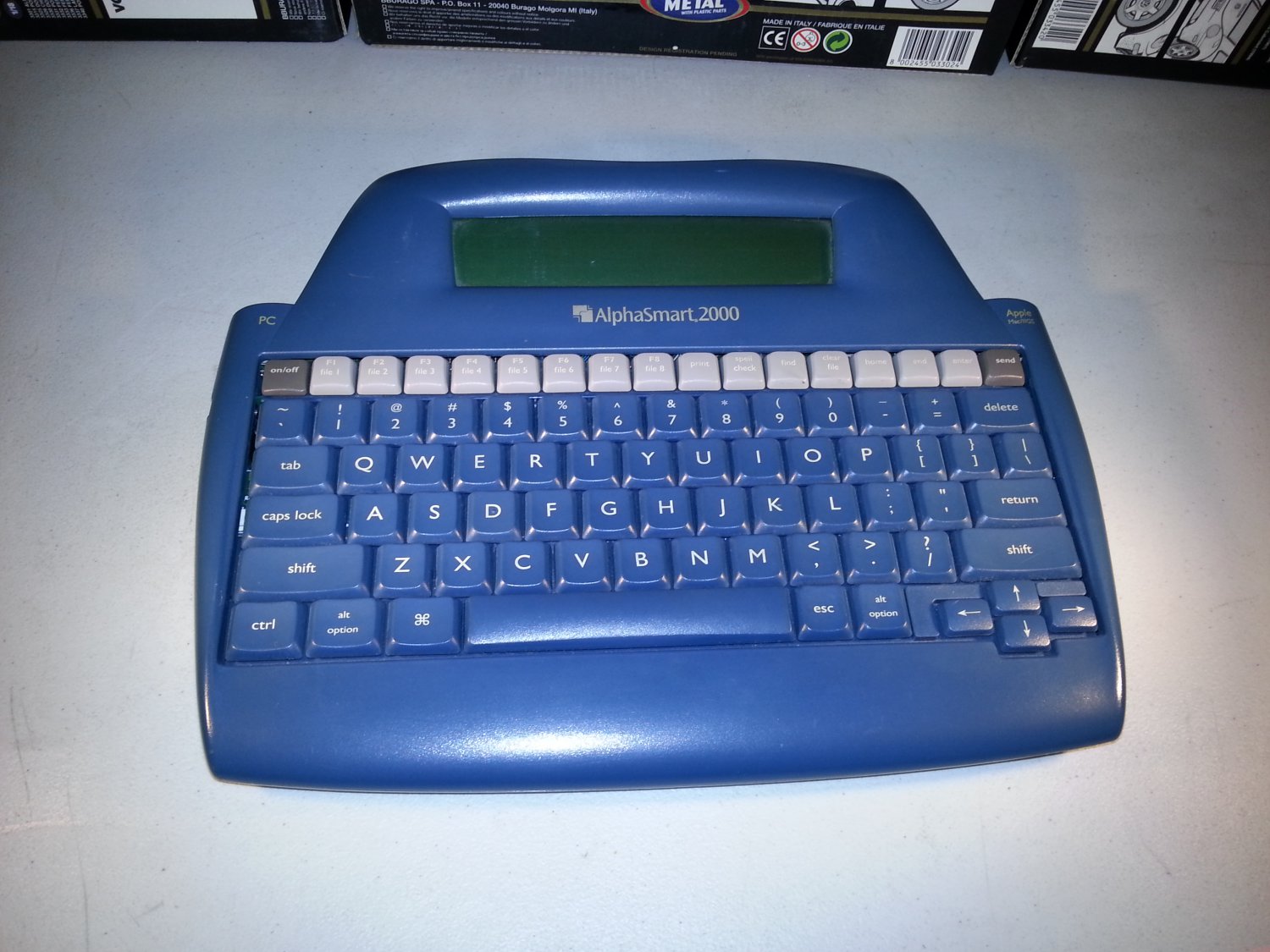
- #Apple mac word processor 6 mac os x
- #Apple mac word processor 6 drivers
- #Apple mac word processor 6 pro
- #Apple mac word processor 6 software
- #Apple mac word processor 6 mac
Simplified history of Unix-like operating systems
#Apple mac word processor 6 mac
In 2020, Apple began the Apple silicon transition, using self-designed, 64-bit ARM-based Apple M1 processors on new Mac computers. In 2006, Apple transitioned to the Intel architecture with a line of Macs using Intel Core processors. MacOS has supported three major processor architectures, beginning with PowerPC-based Macs in 1999. After sixteen distinct versions of macOS 10, macOS Big Sur was presented as version 11 in 2020, and macOS Monterey was presented as version 12 in 2021. Apple shortened the name to "OS X" in 2012 and then changed it to "macOS" in 2016 to align with the branding of Apple's other operating systems, iOS, watchOS, and tvOS.
#Apple mac word processor 6 mac os x
Ī prominent part of macOS's original brand identity was the use of Roman numeral X, pronounced "ten" as in Mac OS X and also the iPhone X, as well as code naming each release after species of big cats, or places within California. Apple's mobile operating system, iOS, has been considered a variant of macOS. All releases from Mac OS X 10.5 Leopard and after are UNIX 03 certified, with an exception for OS X 10.7 Lion. The first desktop version, Mac OS X 10.0, was released in March 2001, with its first update, 10.1, arriving later that year. During this time, Apple cofounder Steve Jobs had left Apple and started another company, NeXT, developing the NeXTSTEP platform that would later be acquired by Apple to form the basis of macOS. MacOS succeeded the classic Mac OS, a Macintosh operating system with nine releases from 1984 to 1999. Within the market of desktop and laptop computers it is the second most widely used desktop OS, after Microsoft Windows and ahead of Chrome OS. It is the primary operating system for Apple's Mac computers. You can play this content on the built-in display on MacBook Pro, MacBook Air, and iMac.Ħ. If you use Akitio Node with a Mac notebook, you might need to connect your Mac to its power adapter to ensure proper charging.ħ. Only Radeon RX 6900XT models made or sold by AMD are supported (Device ID 0x73BF).MacOS ( / ˌ m æ k oʊ ˈ ɛ s/ previously Mac OS X and later OS X) is a proprietary graphical operating system developed and marketed by Apple Inc.
#Apple mac word processor 6 pro
These chassis provide at least 85 watts of charging power, making them ideal for use with 15-inch MacBook Pro models.ĥ. Playback of HDCP-protected content from iTunes and some streaming services is not supported on displays attached to Radeon 560-based eGPUs. macOS High Sierra 10.13.4 and later don't support eGPUs in Windows using Boot Camp or when your Mac is in macOS Recovery or installing system updates.Ĥ. If you're using a 13-inch MacBook Pro from 2016 or 2017, always plug eGPUs and other high-performance devices into the left-hand ports for maximum data throughput.ģ. After you log in and see the macOS Desktop, you can unplug the display from Mac mini and connect it to your eGPU.Ģ.

If you have a Mac mini (2018) with FileVault turned on, make sure to connect your primary display directly to Mac mini during startup. Because of this deep system integration, only graphics cards that use the same GPU architecture as those built into Mac products are supported in macOS.ġ.
#Apple mac word processor 6 drivers
The GPU drivers delivered with macOS are also designed to enable a high quality, high performance experience when using an eGPU, as described in the list of recommended eGPU chassis and graphics card configurations below. Aftermarket GPU drivers delivered by third parties are not compatible with macOS.

In order to deliver the best possible customer experience, GPU drivers need to be engineered, integrated, tested, and delivered with each version of macOS. This deep integration also enables optimal battery life while providing for greater system performance and stability.Īpple develops, integrates, and supports macOS GPU drivers to ensure there are consistent GPU capabilities across all Mac products, including rich APIs like Metal, Core Animation, Core Image, and Core ML.
#Apple mac word processor 6 software
These include accelerating the user interface, providing support for advanced display features, rendering 3D graphics for pro software and games, processing photos and videos, driving powerful GPU compute features, and accelerating machine learning tasks. This design fuels the visually rich and graphical macOS experience as well as many deeper platform compute and graphics features. Mac hardware and GPU software drivers have always been deeply integrated into the system.


 0 kommentar(er)
0 kommentar(er)
